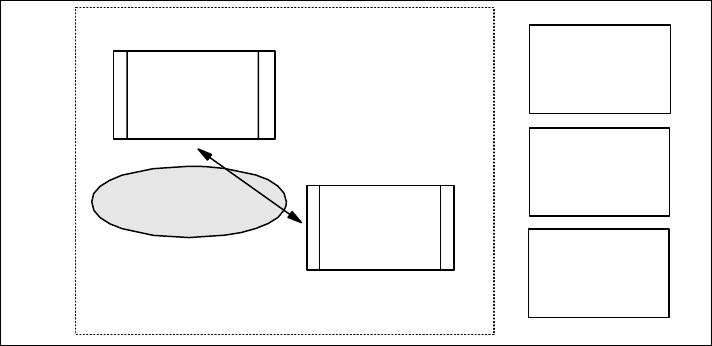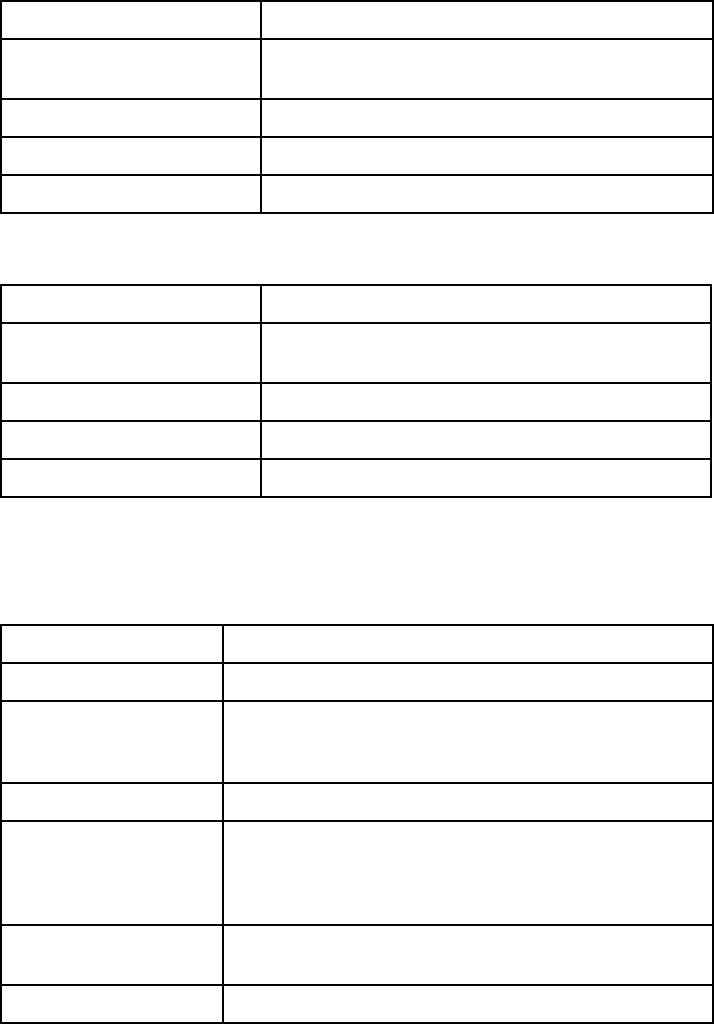Chapter 6. Business scenarios used in this book 113
Standards compliance:
– Appropriate standards are identified and applied.
– Compatibility with existing internal systems and partners is considered.
It is beyond the scope of this redbook to define such requirements in real,
measurable terms for our sample scenarios. Of course you would do so in a
real-world implementation to ensure that the delivered solution meets the
demands of the organization.
6.2 Intra-enterprise scenarios
In the first phase of implementation, ITSO Electronics wants to integrate their
retail and wholesale departments. Currently, both organizations have proven IT
infrastructures but have no interconnectivity. The first process ITSO Electronics
wants to focus on is the inventory and order replenishment process. Currently,
the items sold are tallied at the end of the month by the retail ordering process
and delivered to the wholesale organization by internal mail. This creates a lag in
the inventory replenishment process and causes many out of stock situations. A
primary business goal is to minimize the loss of sales due to items being out of
stock.
Selecting a Business/Integration pattern
In 3.2.1, “Business and IT drivers” on page 35, the following drivers are listed for
selecting the Application Integration pattern:
The business processes need to be integrated with existing business systems
and information.
The business activity needs to aggregate, organize and present information
from various sources within the organization.
Both drivers apply to ITSO Electronics. The business processes of the retail
department and the wholesale department need to be integrated by integrating
the existing retail business system with the existing wholesale business system.
The pattern would integrate the retail order information with the wholesale
inventory information, eliminating the lag and providing an up-to-date inventory.
The Application Integration pattern can be applied in our intra-enterprise
scenarios, as shown in Figure 6-3.

114 Broker Interactions for Intra- and Inter-enterprise
Figure 6-3 ITSO Electronics: Stage I and II architecture overview diagram
6.2.1 Stage I: Internal delivery date on demand
In the first stage of the internal implementation, ITSO Electronics wants to
integrate the Retail system and the Wholesale system.
The Retail departments currently keep commonly requested replacement parts
in stock. To replenish this stock when it gets low, the Retail department must
determine which Wholesale departments carry the needed parts and which of
these can supply the part the quickest, then order the part via phone or fax.
In this stage of integrating the Retail and Wholesale departments, the goal is to
automate the process of determining which Wholesale department can supply a
part the quickest.
For Stage I of our business scenario, we can identify two
actors:
The retail system
The wholesale system
We can also identify a
use case:
Get delivery date
Actors
Table 6-1 provides details on the retail system actor, and Table 6-2 provides
details on the wholesale system actor.
Application
Integration
Retail
Ordering
System
Organization boundary
Wholesale
Inventory
System
Reseller
Partner
Infrastructure
Reseller
Partner
Infrastructure
Reseller
Partner
Infrastructure

Chapter 6. Business scenarios used in this book 115
Table 6-1 Retail system actor details
Table 6-2 Wholesale system actor details
Use case 001: Get delivery date
Table 6-3 provides details on the update inventory use case.
Table 6-3 Use case 001: Update inventory
Actor name Retail system
Brief description The retail system implements the retail ordering
business process
Status Primary
Relationships 001 Get Delivery Date
Associations to use cases
Actor name Wholesale system
Brief description The wholesale system implements the wholesale
inventory management business process
Status Primary
Relationships
Associations to use cases
Use case name 001 Get delivery date.
Subject area Wholesale ordering.
Business event A Wholesale supplier and delivery date for an item out of
stock with the retail division needs to be obtained from the
wholesale system.
Actors Retail system, Wholesale system.
Use case overview The Retail system requests a delivery date for a part. A
router determines which Wholesale system supplies the
part and forwards the request to it. The Wholesale system
returns the delivery date.
Preconditions The Retail system supplies a part number for the item to be
ordered.
Termination outcome 1 The Wholesale system returns the delivery date of the part.
Get Patterns: Broker Interactions for Intra- and Inter-enterprise now with the O’Reilly learning platform.
O’Reilly members experience books, live events, courses curated by job role, and more from O’Reilly and nearly 200 top publishers.

